As of noon on Monday, the United States has a new president – and Donald Trump is expected to move quickly to implement an agenda calling for major changes in America’s domestic and foreign policies. The auto industry, in particular, could feel the impact of Trump’s agenda in a variety of ways: from foreign trade to EV and emissions policies. Here’s a closer look at what that might means.
After scoring a decisive victory in Tuesday’s U.S. election, President-elect Donald Trump at one point suggested he will act as a “dictator…on Day One.” How far he actually goes in implementing his agenda remains to be seen, especially as so many of his cabinet and senior appointments have yet to be ratified by Congress. But with a flurry of executive orders expected to follow in the coming days, things could change quickly.
Trump has, over the months, outlined a variety of topics that will be in his sights early on, and the auto industry is widely expected to be on that list. That should cover issues as diverse as tariffs on foreign-made vehicles as well as the Biden administration’s EV sales mandates — which Trump frequently criticized on the campaign trail.
If anything, this could create a period of uncertainty for the auto industry – one high-ranking automotive insider – who asked not to be named – fretting that the industry could be in for a period of “chaos.”
Uncertainty rules
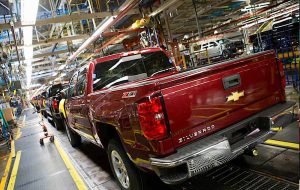
Trump could cause “chaos,” some industry insiders fear, by tearing up the current trade agreement with Canada and Mexico where plants like this GM Silao facility are located.
Perhaps the biggest concern, echoed Steve Center, Honda’s U.S. chief operating officer is that “the industry doesn’t like uncertainty.” Nor does it like rapid change from one administration to the next.
Yet, that appears to be what is likely in store, observers broadly agree. Based on comments he and his transition team have made since the November election, it’s all but certain that Trump will take steps to eliminate federal EV sales incentives, roll back Biden-era emissions standards, strip California’s ability to set its own mandates, and enact new tariffs on foreign-made autos and auto parts.
But opponents have already begun gearing up for legal challenges, like the ones that blocked a number of automotive policy changes during Trump’s first term in office. The problem, several industry leaders and analysts told Headlight.News, is that this could leave manufacturers completely uncertain about future plans. They won’t know, for example, if they should pare back on future EVs, shifting focus to more conventional drivetrains. And they could be left in the lurch trying to figure out whether they need shift manufacturing back to the U.S., disrupting what has become a well-oiled global production system.
EVs in the crosshairs
While there are certainly ways automakers could benefit from the policies of a generally anti-regulatory president, “all bets are off on the long-term impact,” cautioned Rick Wainschel, vice president of analysis at Cloud Theory, an automotive data insight company.
Never known for consistency, Trump has taken a variety of different positions on issues impacting the auto industry over the years. The billionaire has long been skeptical of alternative energy, among his wilder claims warning that windmills can cause cancer. But while he also has taken potshots at battery-electric vehicles he appeared to soften his views in recent months, especially after Tesla CEO began actively campaigning for Trump.
“I’m for electric cars. I have to be because, you know, Elon endorsed me very strongly,” he said during a summer campaign rally in Georgia. “So, I have no choice.” But Trump continued attacking the Biden EV sales mandates, even after Musk put his weight behind the campaign.
More on Trump and the Auto Industry
- Trump Election Crimps UAW’s Political Power
- Musk Money in Hand, Trump Shifted Position on EVs
- Trump Tariffs: Protectionism or Ploy?
Automakers promise to “work closely” with Trump
Among those who hopes Trump takes a slower, more reasoned approach to automotive regulations is David Christ, a Toyota group vice president and U.S. head of the Toyota division. “We’ll obviously try to meet any regulations put up by the administration,” Christ said during an interview shortly after the November election. At the same time Toyota plans to “work closely with the (new) administration” he said the automaker will try to help them understand the challenges his company, as well as the broader industry faces.
Few businesses face more regulatory oversight covering areas such as environmental and energy policies, safety and consumer protection. That has only increased during the four years Trump was out of office. Among the most notable actions taken by the Biden administration were vehicle emissions guidelines enacted this year effectively requiring manufacturers to shift rapidly to battery-electric vehicles. By 2032, as the rules now stand, all-electric models would need to account for nearly two-thirds of new vehicle sales.
Automakers have taken a variety of different approaches, some outlining plans to go entirely all-electric over the coming decade. Toyota has been one of the more cautious – critics prefer “reluctant” — when it comes to EVs. The automaker has emphasized a multi-modal powertrain approach and conventional and plug-in hybrids account for about half of the carmaker’s total U.S. sales. EVs barely register, though Toyota plans to expand its meager line-up of all-electric models over the coming years.
How fast could change – and not just at Toyota. General Motors, which had laid a “path to an all-electric future” by 2035 said last year it will add plug-in hybrids. Ford has delayed the opening of its massive Blue Oval City complex near Memphis and scrapped some EV programs entirely. Industry-wide, there were numerous changes to EV plans announced last year, a transition that accelerated after the election.
Red state-blue states
Ironically, said Sam Abuelsamid, director of market research for Telemetry, there could be pushback from some of the very states that helped Trump win the Electoral College vote. Automakers have begun opening a number of new EV facilities across the South with others, like Blue Oval City, to follow. This includes the big Hyundai Motor Group Metaplant in Georgia, and the Volvo/Polestar facility in South Carolina. A major slump in EV sales could cost substantial red state jobs.
Arguably “the biggest concern” facing the industry right now is what Trump will do with his threat to implement new tariffs on foreign-made autos and parts, said Ed Kim, CEO of consulting firm AutoPacific, Inc.
During his first term, Trump saw the old North American Free Trade Agreement, or NAFTA, renegotiated. But he’s already looking to replace its successor, the U.S., Mexico Canada, or USMCA, trade agreement. To get a more favorable deal the new president is threatening to enact unilateral new tariffs on goods imported from those countries. And he is threatening to take similar steps impacting other traditional trade partners.
“Trade wars with Canada and Mexico would be terrible for everyone” in the auto industry, said Kim, noting that automakers have, over the last half century, operated in an open-border environment spread out across the continent. They have made hundreds of billions of dollars in investments based on that reality and could now face turmoil if the rulebook is torn up.
The new administration will need to understand the highly complex and interrelated nature of the global auto industry, echoed Toyota’s Christ. The automaker already produces about 80% of the vehicles it sells in the U.S. at its various North American assembly plants. Its popular Camry sedan, in particular, is routinely cited in studies as among the most “American-made” vehicles. But even though 90% of its parts and components are produced in the U.S., the executive saif, tariffs on the remainder would still raise prices.
China the wild card
Surprisingly, Trump and Biden were actually in sync on one area of trade: China. During his final year in office Biden enacted an array of new tariffs on Chinese-made goods, including a fourfold increase – to 100% — on EVs. Traditional automakers certainly approved, one trade group spokesman warning that a flood of new Chinese entries into the U.S. market would pose an “existential threat.”
Indeed, a new AutoPacific study shows that more than half of buyers under the age of 40 would consider purchasing a vehicle from China.
But whether Trump actually well keep the door shut is another point of uncertainty. Several times in recent months he has suggested he’d be open to seeing Chinese manufacturers set up production facilities in the U.S.
Bringing back manufacturing
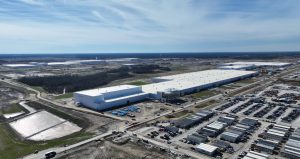
Ford is delaying or slowing down a number of EV projects, including the huge Blue Oval City complex going in near Memphis.
While Trump talked about bringing back manufacturing jobs to the U.S. during his first term, it wasn’t until Biden won the 2020 election that a real shift began. But Trump is betting that his tariff and trade war threats could accelerate that trend.
“If there’s a good side, it could significantly increase (automotive) manufacturing in the U.S.,” Wainschel said before quickly adding that “This could also significantly increase vehicle prices.” Even for the most efficient manufacturers, the cost of building a vehicle is generally higher in the U.S., “which is why manufacturers go to places like Mexico.”
While Trump has frequently – and inaccurately – suggested that foreign countries, like China, absorb new tariffs, the truth is that they are passed on to consumers, effectively as a tax.
If anything, there’s a consensus among automotive leaders and analysts that anything driving up vehicle prices would have a significant, negative effect on an industry that has yet to fully recover from the impact of the COVID pandemic. “Considering prices are already causing people trouble affording new cars,” said Wainschel, new tariffs “have the potential to significantly impact industry profits.”
More under Trump’s gaze
There are a number of other areas where the incoming president, and his various appointees, are expected to weigh in on matters impacting the auto industry. These could include regulations impacting the rollout of autonomous vehicles on public roads.
“There should be a federal approval process for autonomous vehicles,” Tesla CEO Musk said during Tesla’s recent earnings call earnings call. “If there is a department of government efficiency, I’ll try to make that happen.”
Automakers would like to see changes in government safety standards – among other things accelerating the pace at which new technology is approved. Then there’s the issue of unions. Following its big win in 2023’s contract negotiations with General Motors, Ford and Stellantis, the United Auto Workers Union set out to organize foreign-owned — so-called “transplant” – factories. The Biden administration clearly was supportive. Trump has sent mixed signals on unions, depending on who his campaign talked to. But, in general, he has been far less friendly to organizing efforts.
“A Trump (administration) leads to a lot of immediate volatility in the transportation policy space,” John Miller, who covers sustainability policy for TD Cowen’s Washington Research Group, told trade publication Automotive News.
Where things could get chaotic is if Trump tries to push through change by resorting to executive orders, rather than the normal legislative process. He did so routinely between 2017 and 2021 – but he also found that approach didn’t always work. For one thing, the courts turned thumbs down on his move to bar California from setting its own emissions standards – a de facto EV sales mandate.
For his part, Wainschel said, “Trump makes a lot of bluster and off-the-cuff remarks. But it’s unclear how that would translate into policy.” And, he added, if the next president again tries to shortcut the legislative process by relying on executive orders to, say, rollback Biden’s vehicle emissions standards, many of Trump’s policies could wind up getting “tied up…for years” in court.

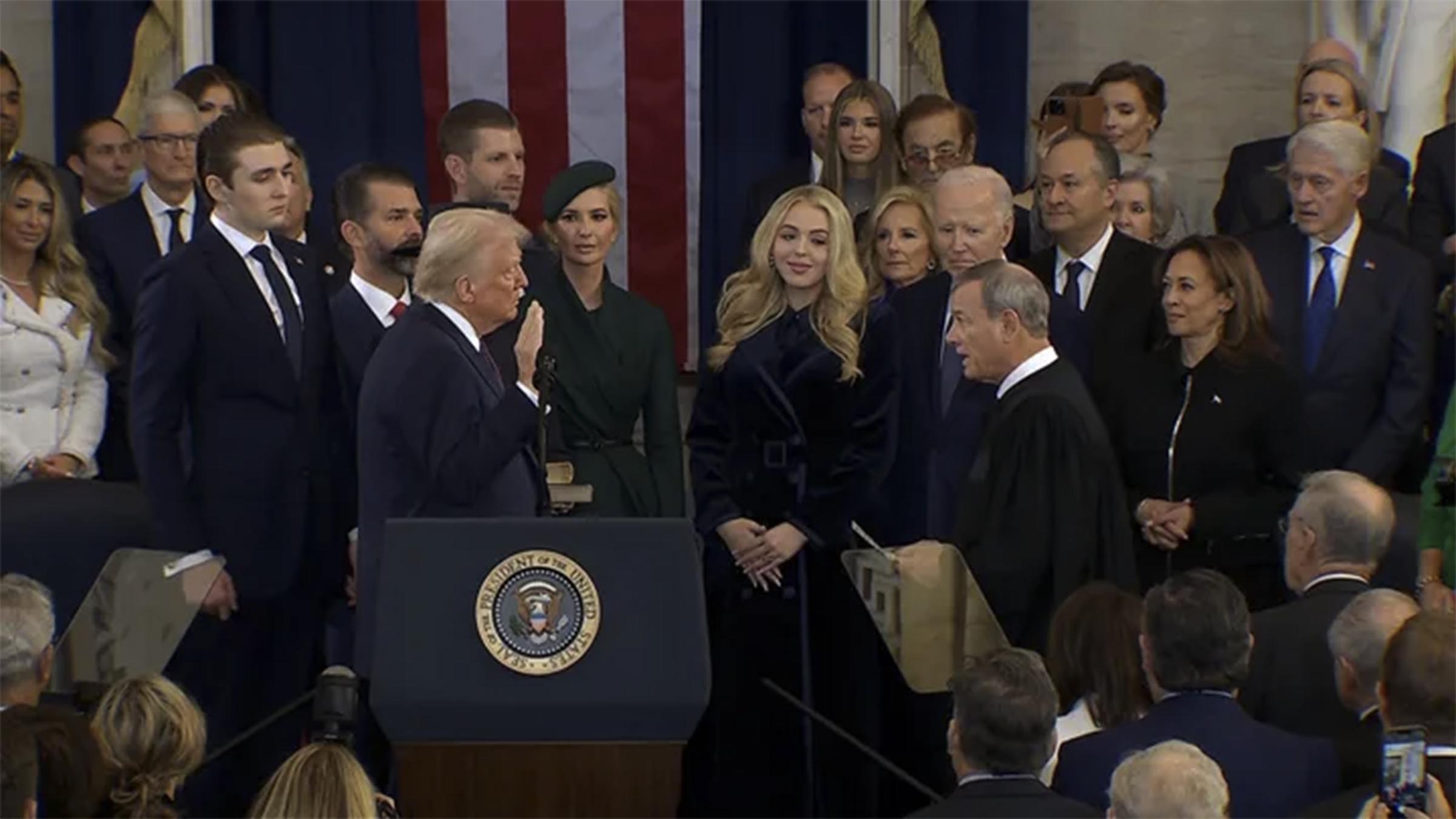
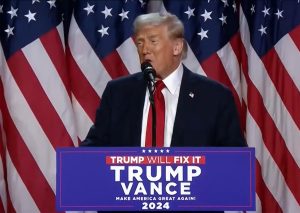
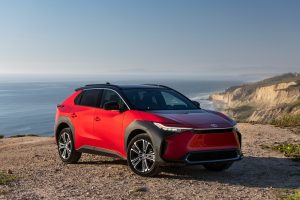
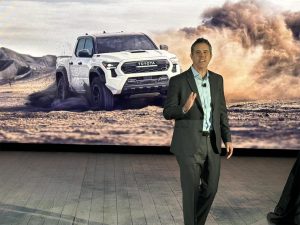
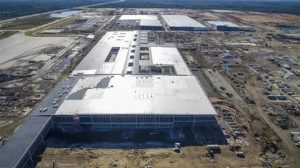
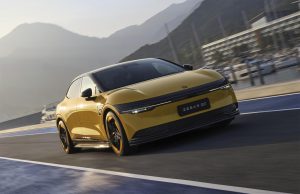
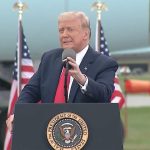
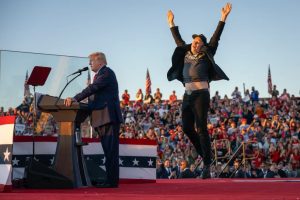
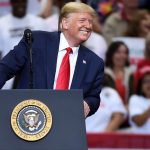
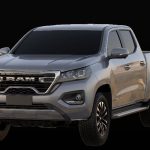

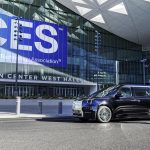

0 Comments